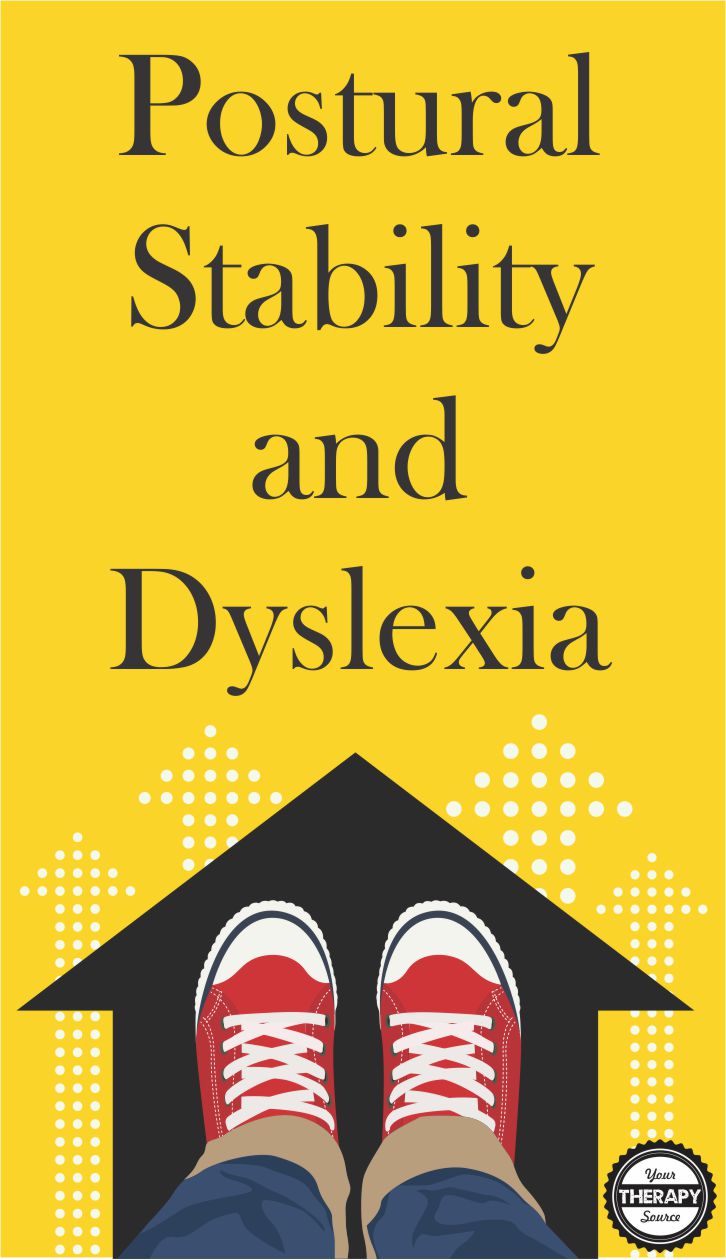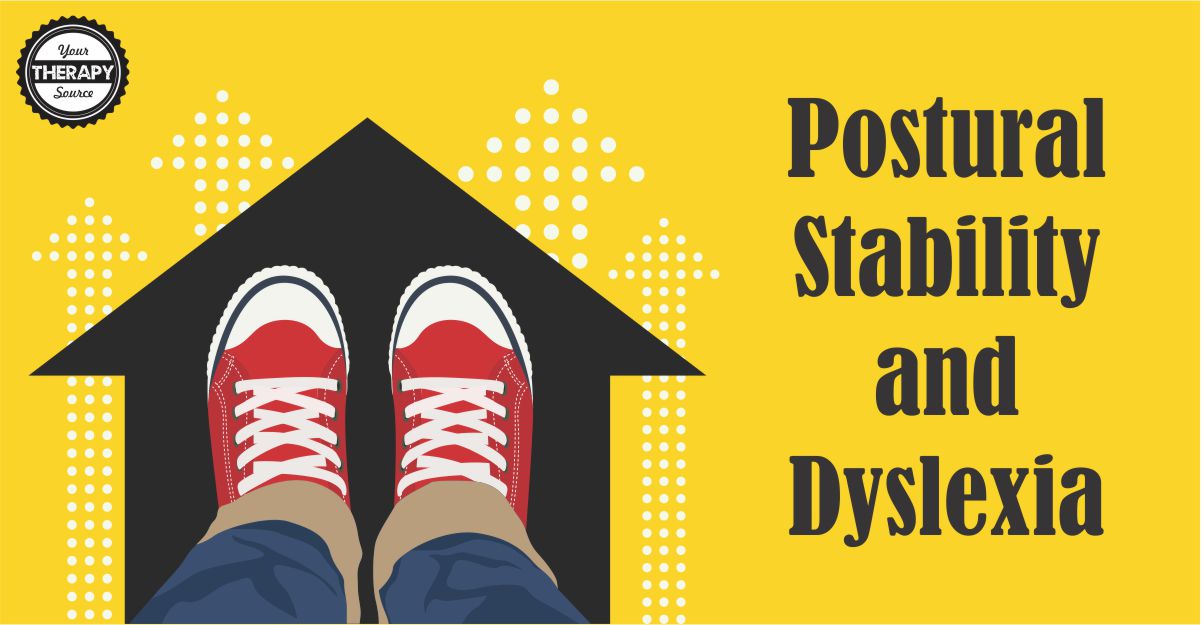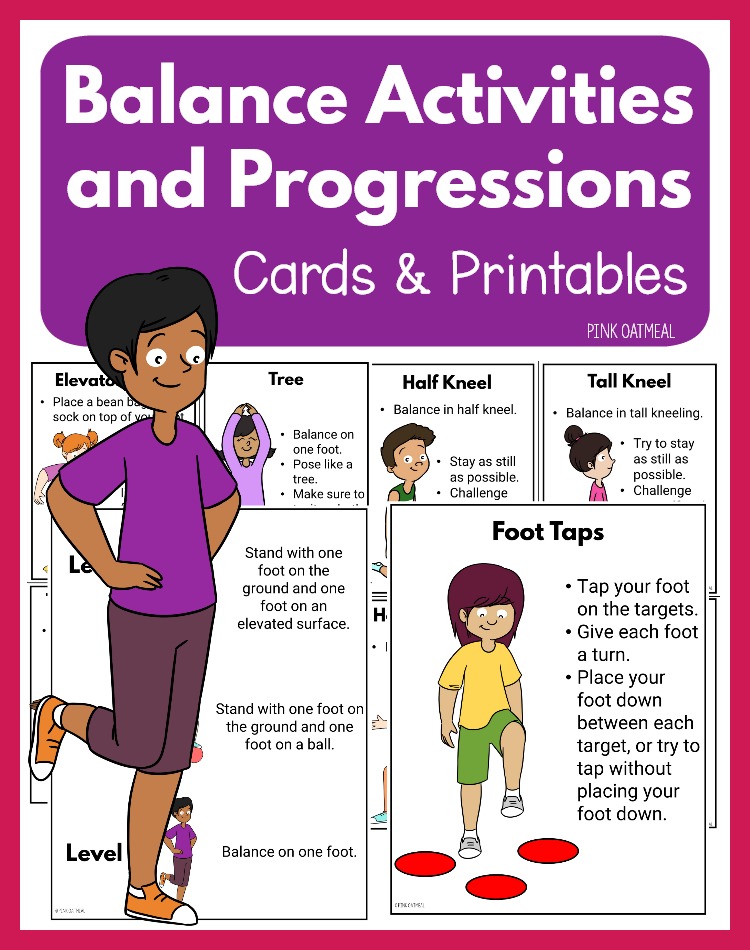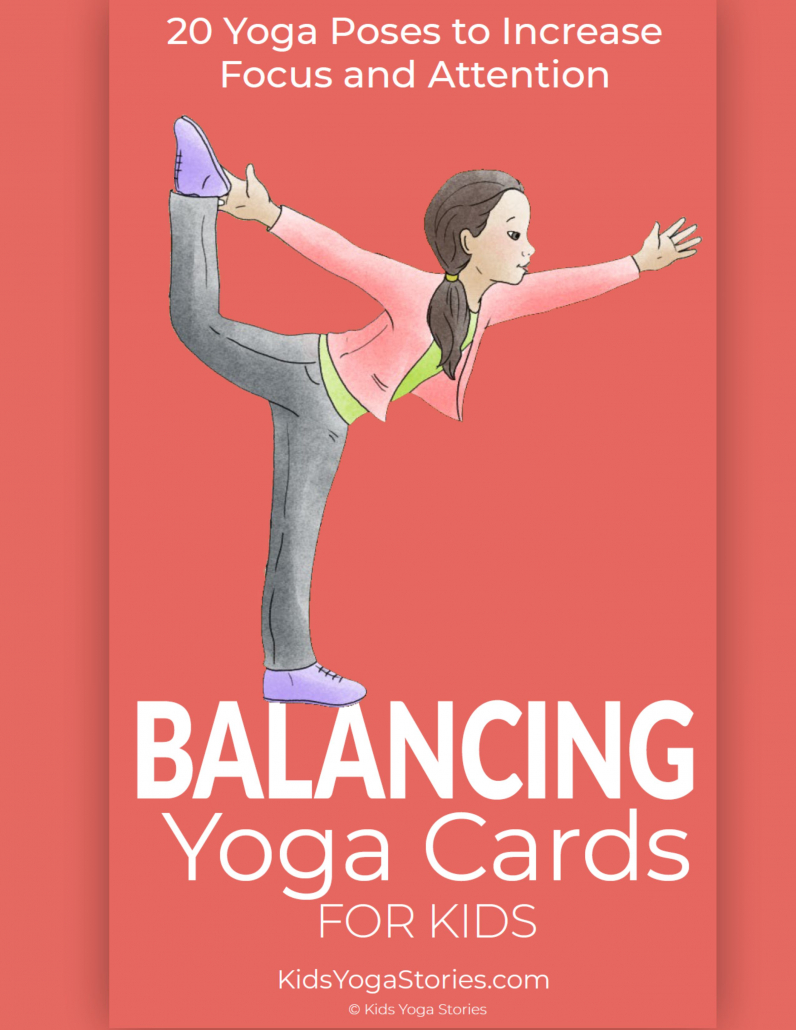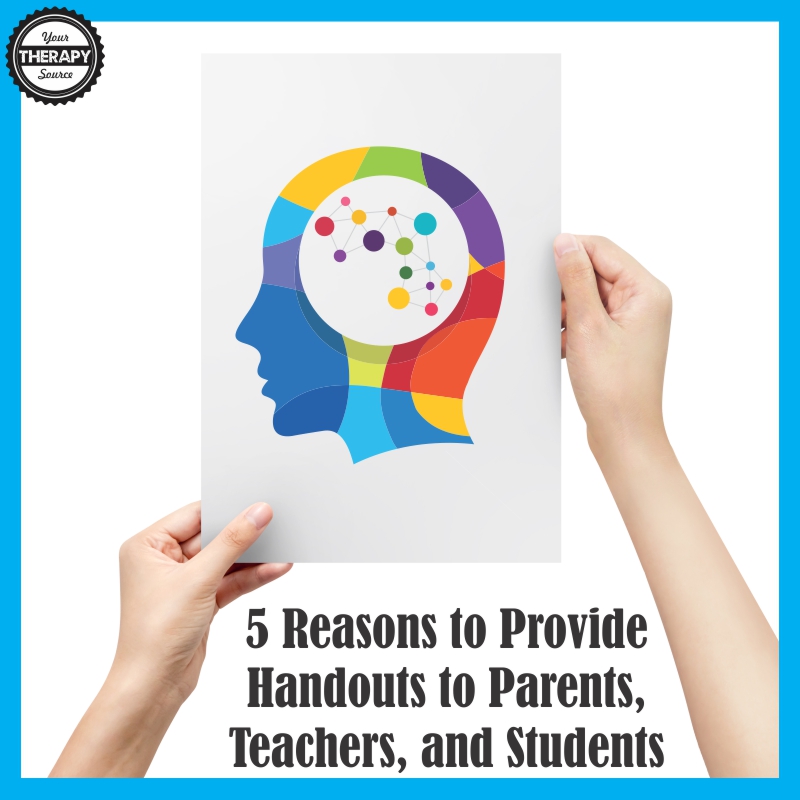Dyslexia and Balance
Did you know that there may be a connection with dyslexia and balance skills.? There have been several research studies that have taken a closer look to determine if reading and balance skills are associated.
Dyslexia and Balance – What Does the Research Say?
One study tested 94 children with a familial risk of dyslexia comparing them to 85 children without a risk of dyslexia. The results showed that children with a risk of dyslexia had more problems with balance and reading.
Testing indicated that attention, IQ, hyperactivity and motor functioning were not related to balance problems although attention and IQ were related to reading speed. The researchers concluded that balance problems alone do not produce reading difficulties and that perhaps there is a genetic mechanism between balance and reading problems (Viholainen et al, 2011).
In a different study on dyslexia and balance, 19 neurotypical readers and 16 children with developmental dyslexia were asked to perform various cognitive, literacy, and balancing tasks. The results indicated that children with dyslexia with less stable than the control group when standing on one foot with eyes open condition but no differences during the eyes closed condition for 10 seconds.
During the eyes closed condition though significantly more children with dyslexia dropped a foot to maintain their balance. Overall, there were strong correlations between reading, spelling and mean eyes open balancing score. The researchers concluded that low-level motor dysfunction may be associated with impaired reading (Stoodley et al, 2005).
Postural Stability and Dyslexia
Gait and Posture published research on postural stability, balance and dyslexia. The participants included 24 children with dyslexia and 24 children without dyslexia who were evaluated to determine the influence of foot soles and visual information on postural control. To evaluate postural stability, the surface area, the length and mean velocity of the center of pressure and the Romberg Quotient (a percentage of the measured instability during eyes closed to that during eyes open) was measured in two postural conditions (with and without a 4 mm foam under feet) and in two visual conditions (eyes open or closed).
The results indicated the following:
- the surface area, length and mean velocity of the center of pressure were significantly greater in the dyslexic children compared to the non-dyslexic children, particularly with foam and eyes closed.
- the Romberg Quotient was significantly smaller in the dyslexic children and significantly greater without foam than with foam.
The researchers concluded that children with dyslexia are not able to compensate with other available inputs when sensory inputs are less informative (with foam, or eyes closed), which results in poor postural stability. In addition, the researchers suggested that the impairment of the cerebellar integration of all the sensory inputs is responsible for the postural deficits observed in children with dyslexia.
The lead author of the study, Nathalie Goulème, Ph.D., recommends:
- exercises on a balance platform challenging children to maintain their stability in different conditions i.e. eyes closed, unstable or visual stimulation in order to improve postural control and utilize efficient sensory strategies.
- children to participate in sports, games and leisure activities that require eye-hand coordination and balance skills.
When children have difficulties maintaining postural control it involves more energy, therefore during higher cognitive load tasks such as reading attention is shared possibly decreasing learning capabilities (Goulème et al, 2017).
Resources to Help Children with Balance Skills
Do you struggle to find printable balance exercises for kids? created by Chanda Jothen, PT, this digital download, Balance Activities and Progressions, includes 20 different balance activities along with 8 different balance progressions. BONUS! – Get 20 full sheet printables of the balance activities.
Therapists, parents and teachers will feel confident using these fantastic balance activities that include hard to find exercises that you can use on a regular basis! Find out more here.
This collection of Balance Yoga Poses for Kids includes 20 colorful cards to print. Created by a certified yoga instructor and former elementary school teacher, Giselle Shardlow, these poses provide fun and fresh ways to promote focus through movement!
References on Dyslexia and Balance:
Bell, Katie. (2017) Dyslexia affects ability to adjust to impaired sensory feedback. LER Pediatrics. Retrieved from the web on 12/7/17 at http://lerpediatrics.com/issues/august/dyslexia-affects-ability-to-adjust-to-impaired-sensory-feedback/
Goulème, N., Villeneuve, P., Gérard, C. L., & Bucci, M. P. (2017). Influence of both cutaneous input from the foot soles and visual information on the control of postural stability in dyslexic children. Gait & Posture, 56, 141-146.
Stoodley, C. J., Fawcett, A. J., Nicolson, R. I., & Stein, J. F. (2005). Impaired balancing ability in dyslexic children. Experimental brain research, 167(3), 370-380.
VIHOLAINEN, H., ARO, M., AHONEN, T., CRAWFORD, S., CANTELL, M. and KOOISTRA, L. (2011), Are balance problems connected to reading speed or the familial risk of dyslexia?. Developmental Medicine & Child Neurology, 53: 350–353. doi: 10.1111/j.1469-8749.2010.03856.x
